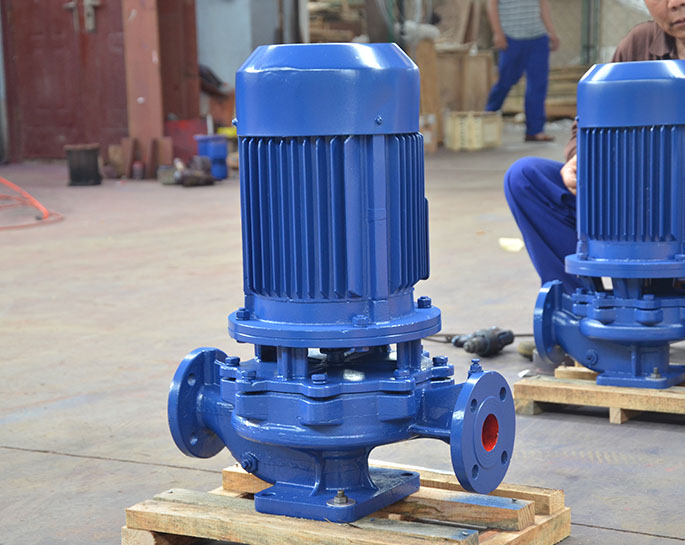Centrifugal pump cavitation and solutions
Cavitation in centrifugal pumps is a common problem that can lead to reduced pump performance, increased maintenance costs, and even pump failure if left unaddressed. Cavitation occurs when the pressure in the pump drops below the vapor pressure of the fluid being pumped, causing vapor bubbles to form. These bubbles then collapse when they move to a higher-pressure region, leading to a range of issues, including noise, vibration, erosion, and reduced efficiency. Here are some solutions to address and prevent centrifugal pump cavitation:
-
Proper Pump Sizing and Selection:
- Ensure that the pump is appropriately sized and selected for the system's requirements. An undersized or oversized pump can increase the risk of cavitation.
-
Operating Conditions:
- Operate the pump within its specified range of flow and head to prevent excessive flow rates that can lead to cavitation.
-
NPSH (Net Positive Suction Head):
- Ensure that the system provides an adequate NPSH to the pump. NPSH is the margin of pressure available at the suction side of the pump above the vapor pressure of the fluid. It should exceed the NPSH required by the pump.
-
Suction Piping:
- Optimize the design and layout of the suction piping to minimize restrictions, sharp bends, and excessive lengths that can reduce NPSH.
-
Impeller Design:
- Choose an appropriate impeller design for the specific application. Some impeller types are less prone to cavitation than others.
-
Reduce Speed or Increase Impeller Diameter:
- Lowering the pump speed or increasing the impeller diameter can help reduce the risk of cavitation by altering the pump's performance curve.
-
Maintain Proper Liquid Level:
- Ensure that the liquid level in the suction vessel or tank remains consistent to avoid fluctuations in NPSH.
-
Anti-Cavitation Trim:
- Some pumps are equipped with anti-cavitation features, such as special impeller trim or inducers, which can help mitigate cavitation.
-
Use Cavitation-Resistant Materials:
- In applications where cavitation is likely, consider using materials that are more resistant to erosion and damage caused by cavitation, such as hardened materials or coatings.
-
Regular Maintenance and Inspection:
- Implement a preventive maintenance program to regularly inspect and maintain the pump and its components. This includes checking for wear and tear and addressing any issues promptly.
-
Vibration Monitoring:
- Install vibration sensors to detect abnormal pump vibrations that may be indicative of cavitation. Early detection can help prevent severe damage.
-
System Modifications:
- If cavitation persists despite other efforts, consider modifying the system layout, pump location, or operating conditions to reduce the risk of cavitation.
-
Consult with Pump Experts:
- When dealing with severe or persistent cavitation problems, consult with pump manufacturers or specialists who can provide expert advice and solutions tailored to your specific situation.
Addressing cavitation in centrifugal pumps requires a combination of engineering design, careful operation, and maintenance practices. Properly managing cavitation will help extend the life of your pump and improve overall system reliability.


.png)
.png)

.png)


